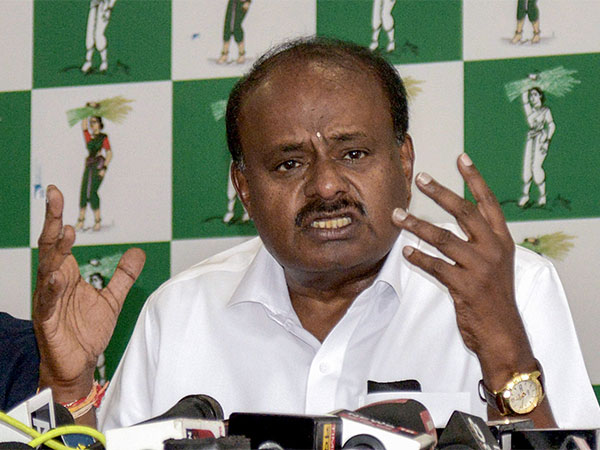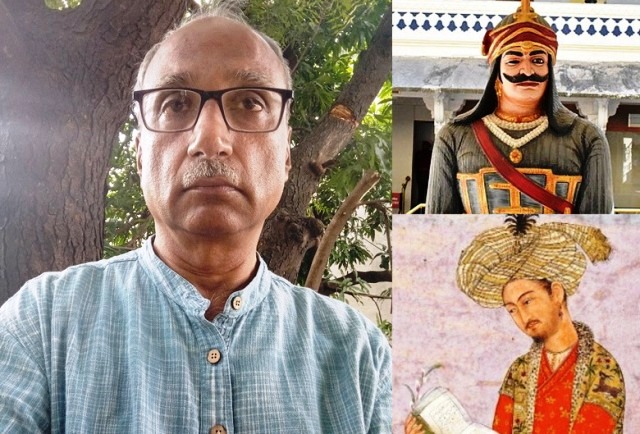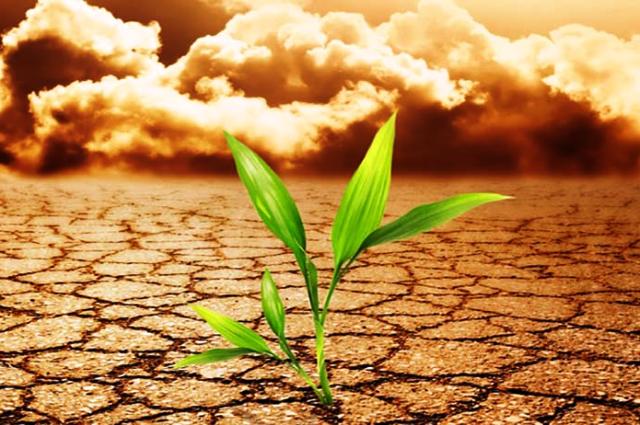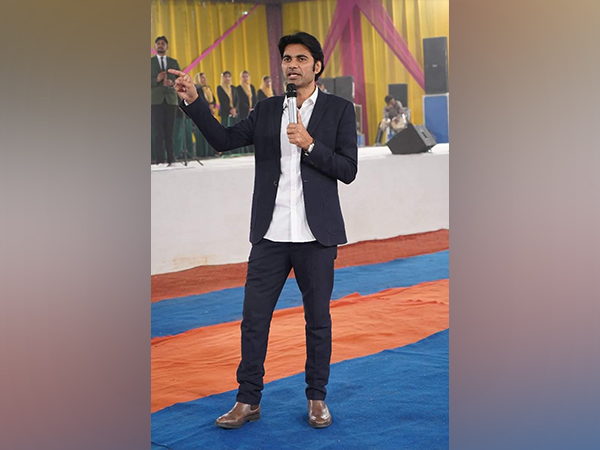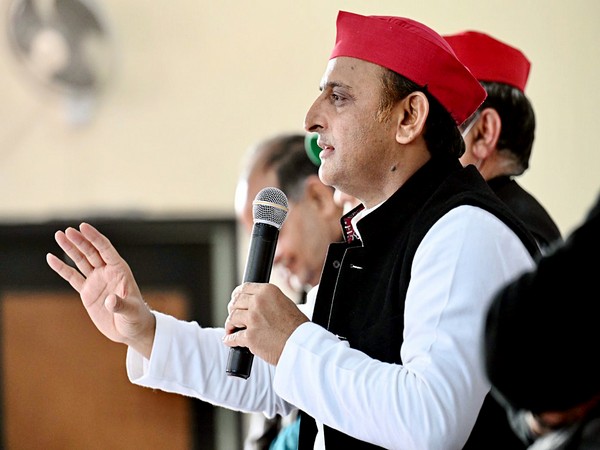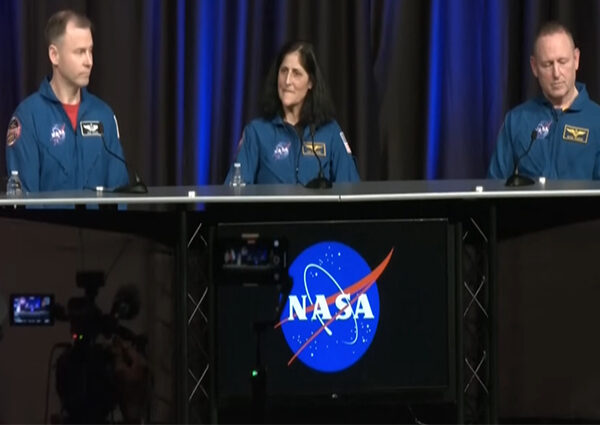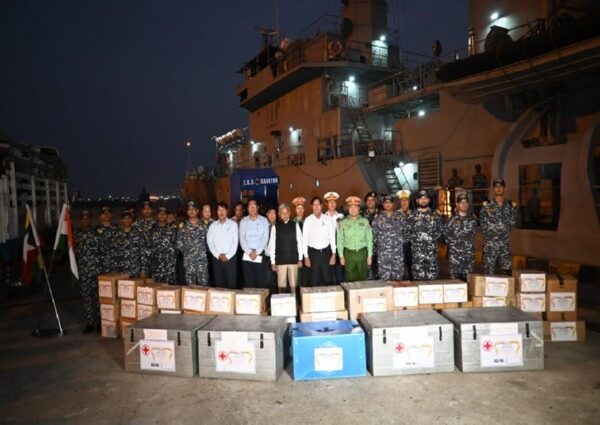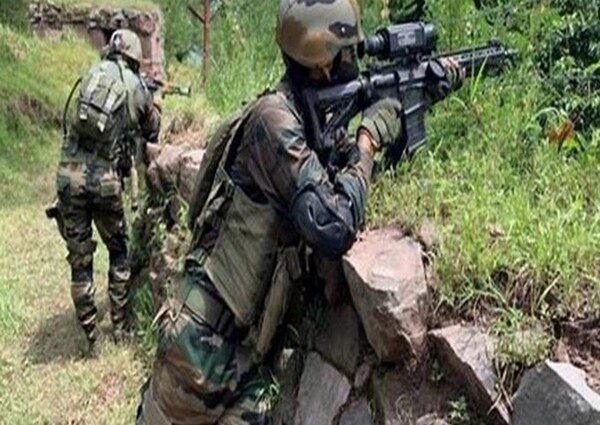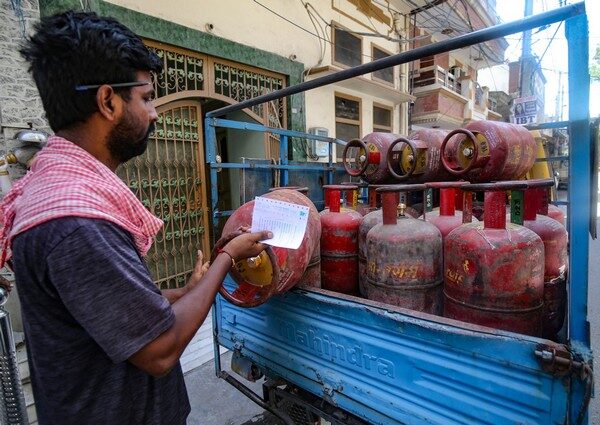India handed over 50 tons of relief material carried by INS Satpura and INS Savitri to Myanmar on Monday. India’s Ambassador to Myanmar, Abhay Thakur, handed over the relief material at Yangon for distribution among the affected areas.
In a post on X, Indian Embassy in Myanmar wrote, “50 T HADR relief material carried by INS Satpura & INS Savitri handed over by @AmbAbhayThakur today at Yangon. With six @IAF_MCC aircraft & five @indiannavy Ships, India’s large-scale first-responder assistance has been delivered to Yangon, Naypyitaw & Mandalay.”
Rescuers are searching for survivors more than three days after a powerful 7.7-magnitude earthquake struck Myanmar, toppling buildings as far away as the Thai capital, Bangkok and sending tremors through nearby Chinese provinces, as reported by CNN. More than 2,000 people are now confirmed dead in Myanmar.
Widespread damage was reported after the earthquake caused infrastructural damage, CNN reported citing authorities. The epicenter was recorded in Myanmar’s central Sagaing region, near the former royal capital, Mandalay.
On March 29, India launched ‘Operation Brahma’ to support earthquake-impacted Myanmar. The Indian Embassy in Myanmar said that India mobilized emergency assistance, a team of rescue and medical professionals, and relief materials, including food, water, tents, medicines, and essential supplies to assist Myanmar and its people during this difficult and critical hour of need.
In a press release, Indian Embassy in Myanmar said, “‘Operation Brahma’: India delivers rescue, relief and humanitarian assistance to Myanmar following the recent earthquake In the wake of the devastating earthquake that struck Myanmar on 28 March, India launched “Operation Brahma”, a comprehensive humanitarian rescue and relief exercise to provide immediate support to the affected people of Myanmar. The massive earthquake and its aftershocks have affected people across Myanmar including in Sagaing, Mandalay, Naypyitaw, Shan and Bago regions.”
Highlighting the ties between two nations, the Indian Embassy in Myanmar said, “India shares age-old, spiritual and civilizational people-to-people ties with Myanmar, also known in ancient India as ‘Brahmadesh’. “Operation Brahma” is, therefore, an embodiment of India’s offering of hope, support, and assistance for long- term recovery to the people of Myanmar.”
On March 29, an Indian Air Force (IAF) aircraft delivered the first tranche of 15 tons of humanitarian assistance in Yangon, including tents, blankets, sleeping bags, food packets, hygiene kits, generators, and essential medicines. Ambassador Abhay Thakur handed over the assistance at Yangon airport, in the presence of the Chief Minister, U Soe Thein.
Inian Embassy in Myanmar stated, “As First Responder to natural disasters in the region, India has swiftly mobilized emergency assistance, a team of rescue and medical professionals, relief materials including food, water, tents, medicines, and essential supplies to assist Myanmar and its people, during this difficult and critical hour of need.”
On the night of 29 March, two C-130 and two C-17 aircraft landed in Naypyitaw, transporting an 80-member National Disaster Response Force (NDRF) search and rescue team, and over 120 medical personnel, together with a total of 85 tonnes of HADR assistance. These were the first international assistance flights to Naypyitaw. Abhay Thakur handed over this HADR aid brought by these four aircraft in the presence of Ambassador Maung Maung Lynn of the Ministry of Foreign Affairs of Myanmar in Naypyidaw.
The NDRF team and the Indian Army Medical team departed for Mandalay immediately thereafter. The NDRF team has been deployed to over a dozen affected sites in Mandalay since March 30. The Indian Army medical team has set up a Field Hospital at the old airport in Mandalay.
Two Indian Navy ships, INS Satpura and INS Savitri, carrying 31 tons and 19 tons of HADR aid respectively, arrived in Yangon on Monday. The aid was immediately handed over at the Thilawa port by Ambassador Abhay Thakur for distribution among the affected areas.”
Three more Indian Navy ships, INS Karmukh, INS Gharial and LCU-52 are en route to Yangon with over 500 tonnes of additional aid material. Another IAF C-130 aircraft is also expected to land directly in Mandalay tomorrow with over 15 tons of HADR, according to the press release.
In a press release, the Indian Embassy in Myanmar said, “In addition to our age-old ties with Myanmar, India’s assistance and response under “Operation Brahma” is also guided by our policies of Neighbourhood First, Act East and SAGAR (Security and Growth for All) in the Indo-Pacific.
“India’s extensive, swift and efficient response has once again reaffirmed its role as the first responder in the region, consistently offering immediate humanitarian aid to neighboring countries struck of natural disasters. We will stay engaged with Myanmar authorities and stakeholders for continuing our support in the weeks ahead, as Myanmar assesses the full extent of the damage and begins its rehabilitation and recovery efforts,” it added.
On March 29, Prime Minister Narendra Modi spoke with the Myanmar military junta chief, Min Aung Hlaing, and offered condolences on the loss of lives in the earthquake that struck Myanmar on Friday.
He expressed India’s readiness to stand in solidarity with the people of Myanmar in this difficult hour. He said that disaster relief material, humanitarian assistance, and search and rescue teams are being expeditiously dispatched to the affected areas as part of Operation Brahma.
“Spoke with Senior General H.E. Min Aung Hlaing of Myanmar. Conveyed our deep condolences at the loss of lives in the devastating earthquake. As a close friend and neighbour, India stands in solidarity with the people of Myanmar in this difficult hour. Disaster relief material, humanitarian assistance, search & rescue teams are being expeditiously dispatched to the affected areas as part of #OperationBrahma,” PM Modi said in a post on X. (ANI)
